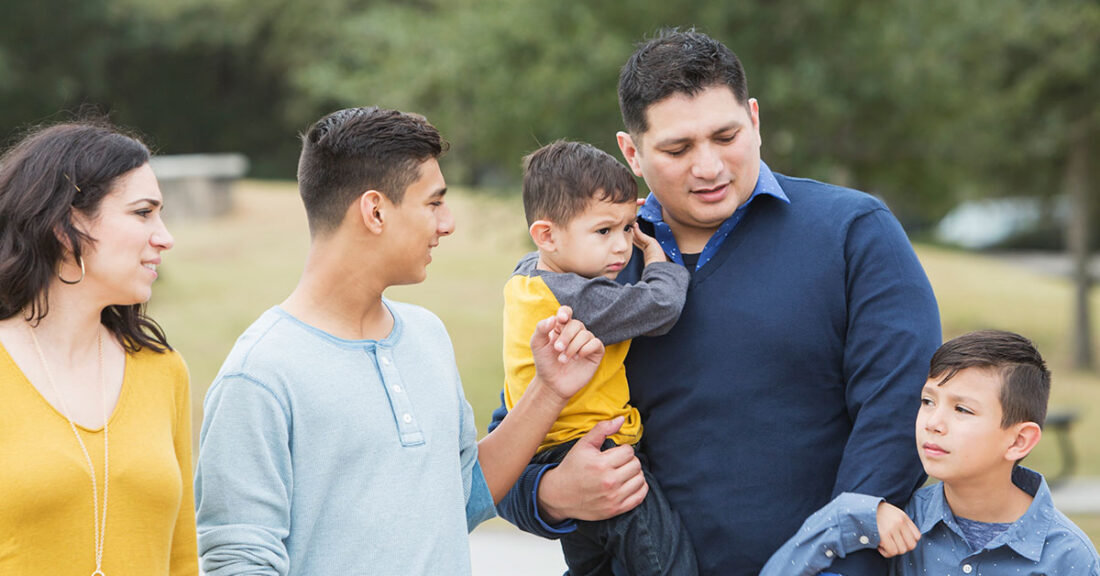New Jersey Becomes First State to Implement JDAI Statewide

New Jersey is the first state to expand the Annie E. Casey Foundation’s Juvenile Detention Alternatives Initiative® (JDAI) to every county, marking a major milestone for the initiative. Nearly 15 years of JDAI reforms throughout New Jersey have resulted in dramatically lowered juvenile detention populations and an increased array of detention alternatives.
When it joined JDAI in 2004, New Jersey became the first jurisdiction to make a state-level commitment to the initiative. New Jersey started with five JDAI pilot sites and gradually expanded the initiative statewide after those sites demonstrated sustainable success. The last of its counties adopted JDAI reforms this year.
New Jersey has gained national recognition as a model for state-led detention reform, becoming the first and only designated state-level JDAI model site in 2008. The Casey Foundation’s 2014 JDAI in New Jersey report praised the state’s leadership in promoting the widespread and effective implementation of JDAI.
Gail D. Mumford, a senior associate in the Foundation’s Juvenile Justice Strategy Group, attributes New Jersey’s successful expansion to its “explicit intentionality. They had the key state organizations at the table at the onset. They created a buzz about JDAI in a bold way — they wrote about the work, held state and local trainings and established more stringent criteria to join. They were so methodical.”
As in many jurisdictions, New Jersey’s detention system was overwhelmed before joining JDAI, with county facilities holding 22 to 123 percent more young people than their stated capacity in 2002, despite decreases in juvenile crime. Recognizing the negative consequences of the overburdened system on both young people and state coffers, the New Jersey Juvenile Justice Commission committed to large-scale reform.
The results of New Jersey’s efforts are striking. The state’s JDAI 2017 Annual Data Report, which includes information on the 19 counties active in JDAI at that time, reports that the average daily population of juvenile detention centers in the state decreased by nearly 70 percent between 2003 and 2017. Population reductions led to the closure of eight county-operated detention facilities, and the number of detention centers in New Jersey has declined from 17 to nine since it joined JDAI. The reforms have led to an annual savings of $21 million without affecting public safety.
State leaders in New Jersey are hailing the juvenile justice system’s transformation. Attorney General Gurbir S. Grewal calls the change “nothing short of remarkable.” He notes that the collaborative efforts among the Juvenile Justice Commission, judiciary, law enforcement, public defenders, county government, advocates and other stakeholders “have allowed tens of thousands of young people to remain at home receiving appropriate services — all as the juvenile crime rate continues to decline.”
Since 2008, leaders from 17 states have visited New Jersey to learn about its JDAI work. Mumford sees this attention as well deserved: “The notion that anywhere you live in this state, there are going to be objective and thoughtful practices around what happens in the life of a child involved with the juvenile justice system — that’s huge.”





